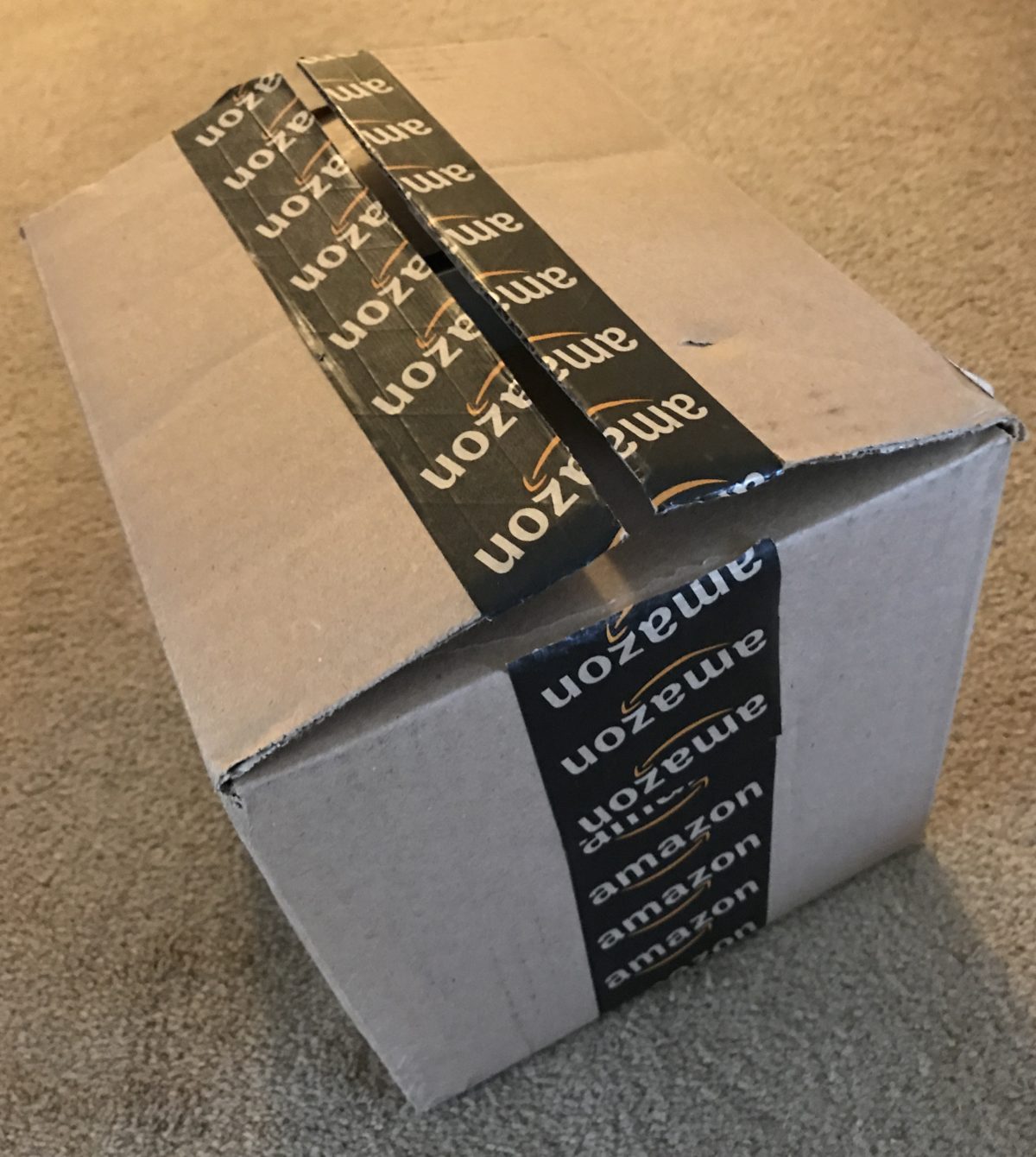Washington D.C., Sept. 3, 2021 —
The Securities and Exchange Commission today charged The Kraft Heinz Company (KHC) with engaging in a long-running expense management scheme that resulted in the restatement of several years of financial reporting. The SEC also charged Kraft’s former Chief Operating Officer Eduardo Pelleissone and its former Chief Procurement Officer Klaus Hofmann for their misconduct related to the scheme.
According to the SEC’s order, from the last quarter of 2015 to the end of 2018, Kraft engaged in various types of accounting misconduct, including recognizing unearned discounts from suppliers and maintaining false and misleading supplier contracts, which improperly reduced the company’s cost of goods sold and allegedly achieved “cost savings.” Kraft, in turn, touted these purported savings to the market, which were widely covered by financial analysts. The accounting improprieties resulted in Kraft reporting inflated adjusted “EBITDA,” a key earnings performance metric for investors. In June 2019, after the SEC investigation commenced, Kraft restated its financials, correcting a total of $208 million in improperly-recognized cost savings arising out of nearly 300 transactions.
“Investors rely on public companies to be 100% truthful and accurate in their public statements, especially when it comes to their financials. When they fall short in this regard, we will hold them accountable,” said Gurbir S. Grewal, Director of the SEC’s Division of Enforcement. “Today’s action demonstrates that no matter how complex and far-reaching the financial misconduct, we will vigorously pursue wrongdoers because that’s what investor protection requires.”
As alleged in the SEC’s order and in its complaint against Hofmann, Kraft failed to design and maintain effective internal accounting controls for its procurement division. As a result, finance and gatekeeping personnel repeatedly overlooked indications that expenses were being improperly accounted for. In addition, Pelleissone was presented with numerous warning signs that expenses were being managed through manipulated agreements with Kraft’s suppliers, but rather than addressing these risks, he pressured the procurement division to deliver unrealistic savings targets. Hofmann approved several improper supplier contracts used to further the misconduct despite numerous warning signs that procurement division employees were circumventing internal controls, and certified the accuracy and completeness of the procurement division’s financial statements when the misconduct was occurring. As a member of Kraft’s disclosure committee, Pelleissone then improperly approved the company’s financial statements.
“Kraft and its former executives are charged with engaging in improper expense management practices that spanned many years and involved numerous misleading transactions, millions in bogus cost savings, and a pervasive breakdown in accounting controls. The violations harmed investors who ultimately bore the costs and burdens of a restatement and delayed financial reporting,” said Anita B. Bandy, Associate Director of the SEC’s Division of Enforcement. “Kraft and its former executives are being held accountable for placing the pursuit of cost savings above compliance with the law.”
The SEC’s order finds that Kraft violated the negligence-based anti-fraud, reporting, books and records, and internal accounting controls provisions of the federal securities laws. The order also finds that Pelleissone violated the negligence-based anti-fraud, books and records, and internal accounting controls provisions of the federal securities laws and additionally, failed to provide Kraft’s accountants with accurate information and caused Kraft’s reporting, books and records, and internal accounting controls violations. The SEC’s complaint against Hofmann alleges that he violated the negligence-based anti-fraud provisions, failed to provide accurate information to accountants, and violated the books and records and internal accounting controls provisions of the federal securities laws.
Without admitting or denying the SEC’s findings as to them, Kraft consented to cease and desist from future violations and pay a civil penalty of $62 million, whereas Pelleissone consented to cease and desist from future violations, pay disgorgement and prejudgment interest of $14,211.31, and pay a civil penalty of $300,000. And without admitting or denying the SEC’s allegations, Hofmann consented to a final judgment permanently enjoining him from future violations, ordering him to pay a civil penalty of $100,000, and barring him from serving as an officer or director of a public company for five years. The settlement with Hofmann is subject to court approval.
The SEC’s investigation was conducted by Seth M. Nadler, Thomas B. Rogers, James Connor, Gary Peters, with assistance from Sarah Concannon and Thomas Bednar, and was supervised by Greg Faragasso and Ms. Bandy.









